Canakkale City is located on the Asian Side of Dardanelles water strait, at its narrowest point. The city is the major town to the site of Ancient Troy. The wooden horse from the 2004 movie Troy is exhibited on the seafront.
City of Canakkale has about 120k population. Driving from Istanbul to Canakkale takes about 5 hours.
Troy was the setting of the Trojan War described in the Iliad, one of the two epic poems attributed to Homer. According to archaeologist Manfred Korfmann, Troy’s location near the Aegean Sea, as well as the Sea of Marmara and the Black Sea, made it a hub for military activities and trade, and the chief site of a culture that Korfmann calls the “Maritime Troja Culture”, which extended over the region between these seas
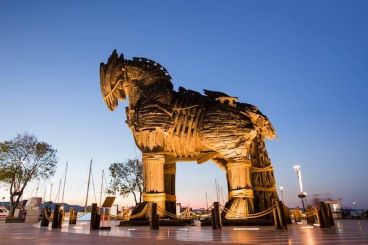
Trojan Horse from the movie of “Troy” is placed to the city center of Canakkale.
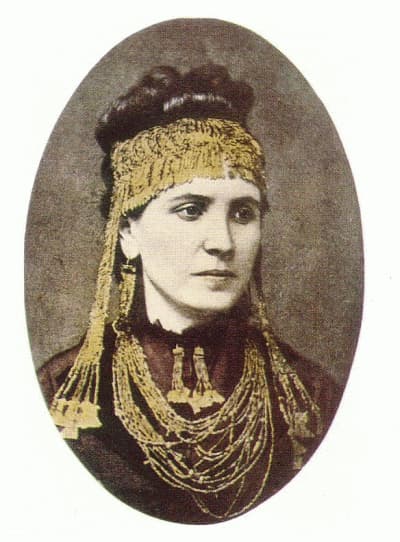
Photo of Sophia Schliemann
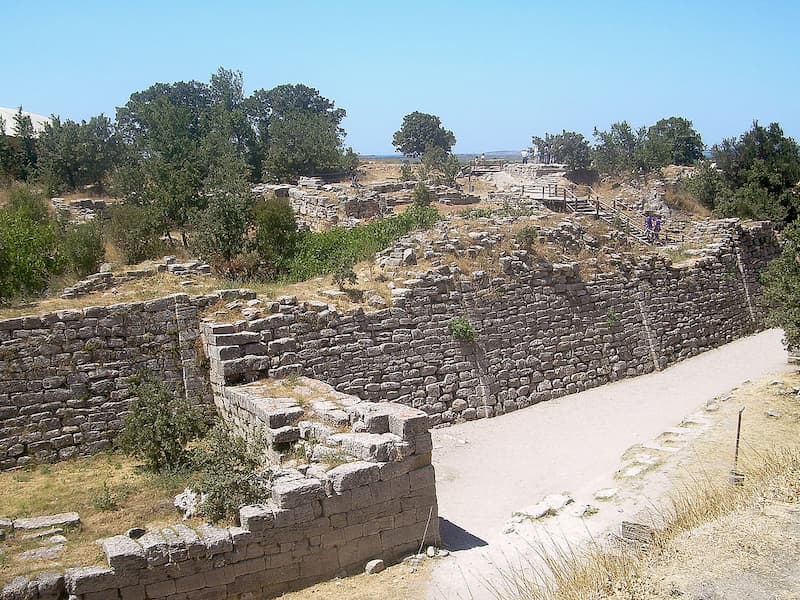
The city walls of different layers of Troy can be seen today at the sight.
Because of the location, Troy was occupied from 3rd millenium BC to all the way up to 5th Century AD. Mankind never left the city for about 3500 years even because of wars or earthquakes. But when the harbour of city was silted then there was no reason to remain there. Because of that it was abonded forever.
Schlimann, so called an archeoliogist started the excavations in here to find the treasure of legendary king Priamos in the late 19th century. Instead of an archeologist, he was an adventurer and treasury hunter who grow up with the tales of Trojan War. He found an treasury dated to an early era and called it Priam’s Treasury. He smuggled the treasure to Germany. During the world war 2 , it was taken to Moscow by Russians.
After Schliemann, academic excavations carried out up to date and 9 different layers of settlements are discovered on top of each other.
Assos is a beautiful hillside village of stone-built houses and cobbled alleys and overlooking the turquoise waters of the Gulf of Edremit, facing the northern foothills of the Greek island of Lesvos. The ancient incarnation of Assos still reveals itself through the ruins of the hilltop Temple of Athena, the defensive city walls still surrounding a good deal of the village’s circumference, and numerous other remnants of the golden times.
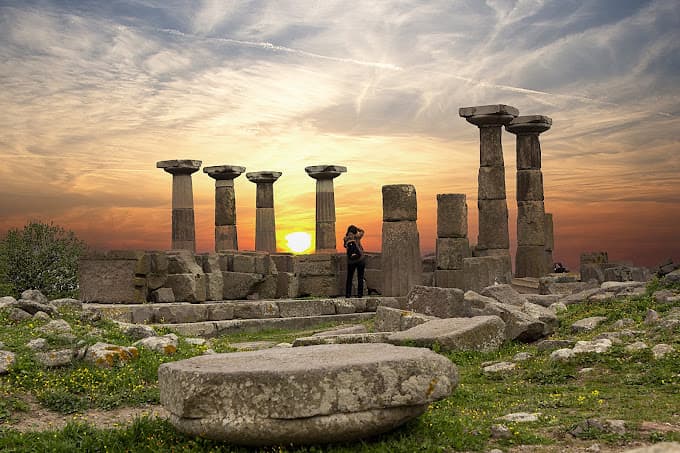
Temple of Athena in Assos
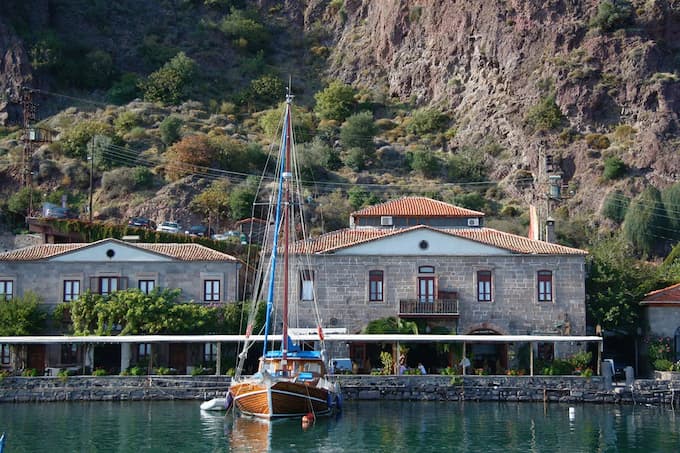
Harbour of Assos. Today it is a place where you can find good quality fish restaurants
The village was an important centre in ancient times. It had then a philosophy academy run by the famous philosophers Aristotales, a student of Platon.
When you go to Assos, definetly eat at the fish restaurants located at the horbour. Also there are some small pansions located at the harbour area. Harbour area offers swimming facilities too.
Alexandria Troas is the site of an ancient city situated on the Aegean Sea near the northern tip of Turkey’s western coast. The site sprawls over an estimated 400 hectares (990 acres); among the few structures remaining today are a ruined bath, an odeon, theatre, gymnasium complex and a recently uncovered stadion. The circuit of the old walls can still be traced.
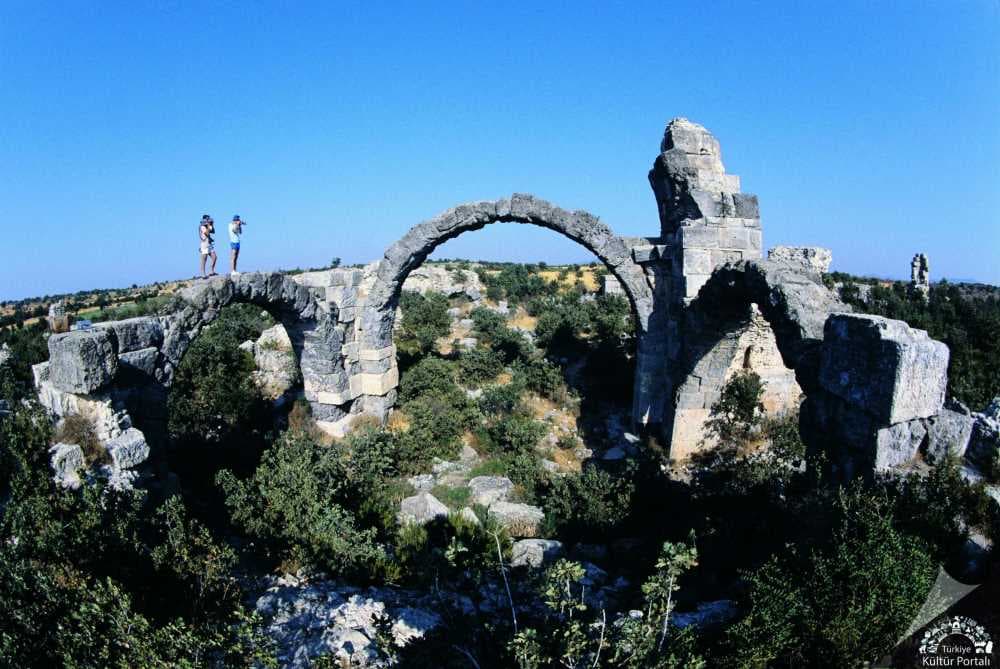
The ruins of the Roman Bath in Alexandria Troas. It is known that St Paul been in this ancient city during his missionary journey. Therefore, it is an important pilgrimage site by the christian world.
In Roman times, it was a significant port for travelling between Anatolia and Europe. According to the account in the Acts of the Apostles, Paulof Tarsus sailed for Europe for the first time from Alexandria Troas and returned there from Europe Ignatius of Antioch also paused at this city before continuing to his martyrdom at Rome.
Excavations are still going on the site and just such a small part of the city was uncovered.
Just across the Canakkale, The Gallipoli Peninsula Historical Site is best known for the battles fought in the First World War, Ottomans (defensive force) versus to British, French, Australian, New Zealander forces (offensive forces). Land Battles started on April 25th, 1925 and ended on December 20, 1915 with the evacuation of allied forces.
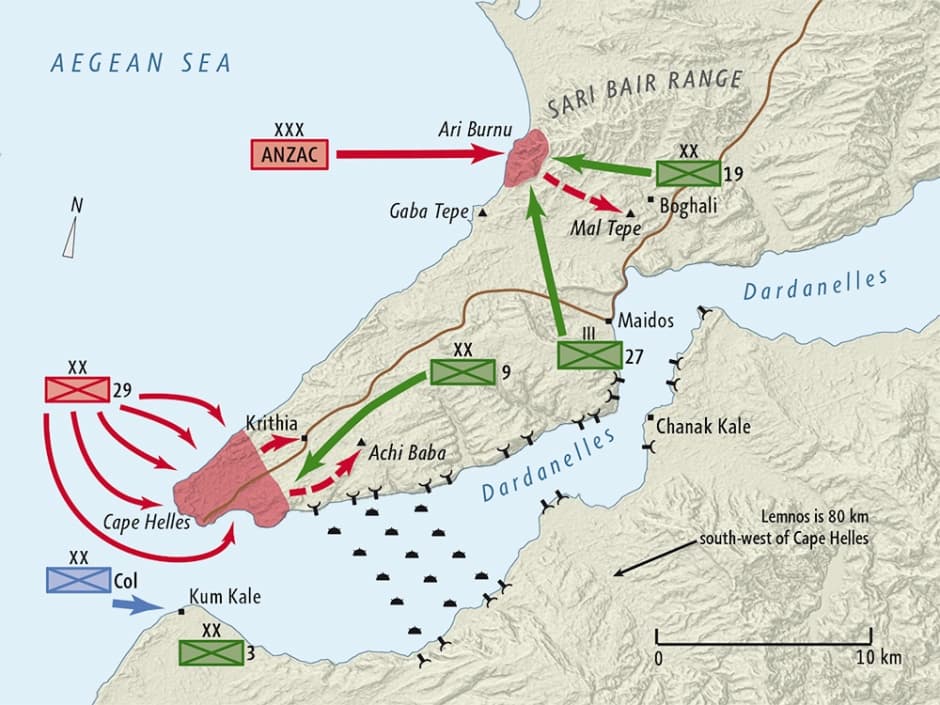
Map of the Battlefield of Gallipoli. There are 2 main sectors on Gallipoli peninsula. Cape Helles sector is the most southern tip of the peninsula and it was the landing area for British and French soldiers. Anzac Sector is at the northen part of the peninsula and was the landing place of Australian and New Zealander soldiers. Turks defended their soils and had one of the greatest victory of the history
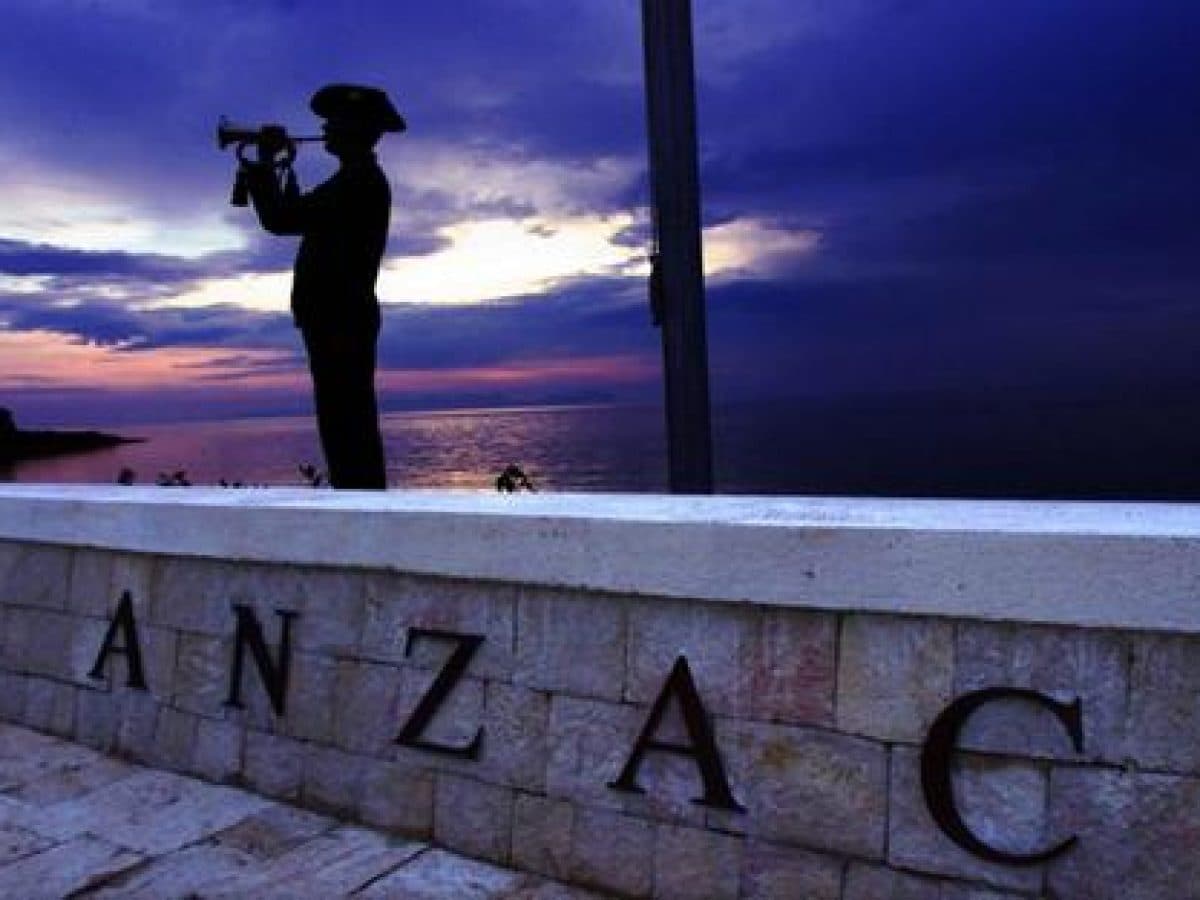
Anzac Soldiers during the dawn ceronomy. Anzac Day is a national day of remembrance in Australia and New Zealand and observed on 25 April each year, Anzac Day was originally devised to honour the members of the ANZAC who served in the Gallipoli Campaign, their first engagement in the First World War (1914–1918).
Various remnants can still be found at the park, such as building structures and sunken ships. The memorials remember soldiers from Turkey, England, France, Australia, and New Zealand. The Gallipoli peninsula and Gallipoli Campaign are especially significant in Turkish, Australian and New Zealand cultures due to the large percentage of each country’s population who fought/ died during the war.
The most southern tip of the peninsula is called Cape Helles where British and French soldiers landed on the 25th of April, 1915. In the same time Anzac Forces (Australian and New Zealand Army Corps) was to land and advance inland to cut the lines of communication to the Ottoman forces in the south. Anzac Cove is the little bay where they landed.
Therefore there are two battle sectors on the Gallipoli Peninsula.
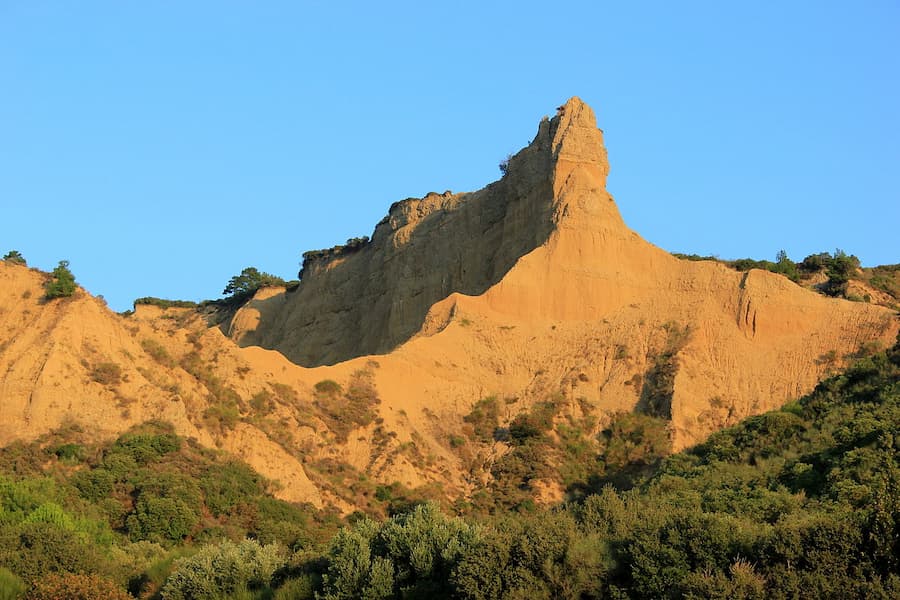
Sphynx is the name of the Hill just over the Anzac Cove. The name of Sphyx was given here by the Anzac Soldiers and it reminds them the Sphynx in Egypt that they saw during their training before the war at the training camps in Egypt
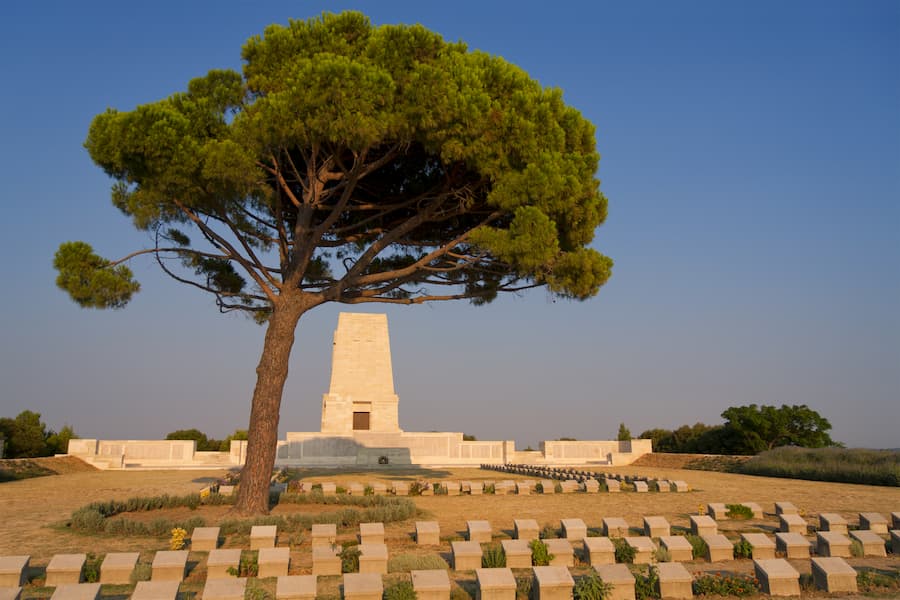
Lone Pine Cemetary and Memorial is dedicated to fallen Australian Soldiers. There are a total of 1,167 graves in the cemetery and the identities of 471 bodies interred in the cemetery remain unknown. Also standing within the cemetery’s grounds is the Lone Pine memorial.
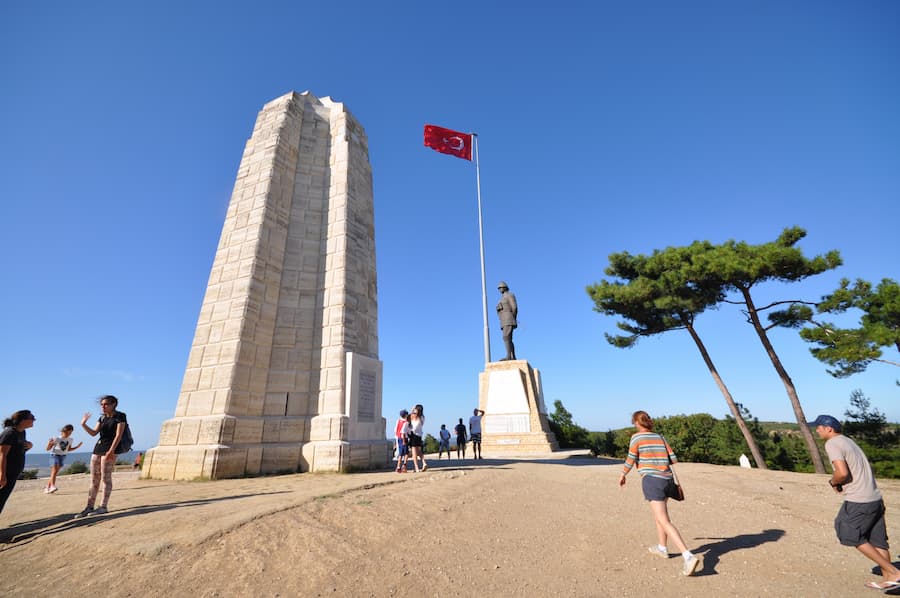
Chunik Bair Memorial and Cemetery is dedicated to the fallen New Zealander Soldiers
The Commonwealth War Graves Commission (CWGC) is responsible for permanent cemeteries for all Commonwealth of Nations forces. There are 31 CWGC cemeteries on the Gallipoli peninsula: six at Helles, four at Suvla and 21 at Anzac. For many of those killed or died on hospital ships and were buried at sea, there is no known grave; their names are recorded on one of five “memorials to the missing”.